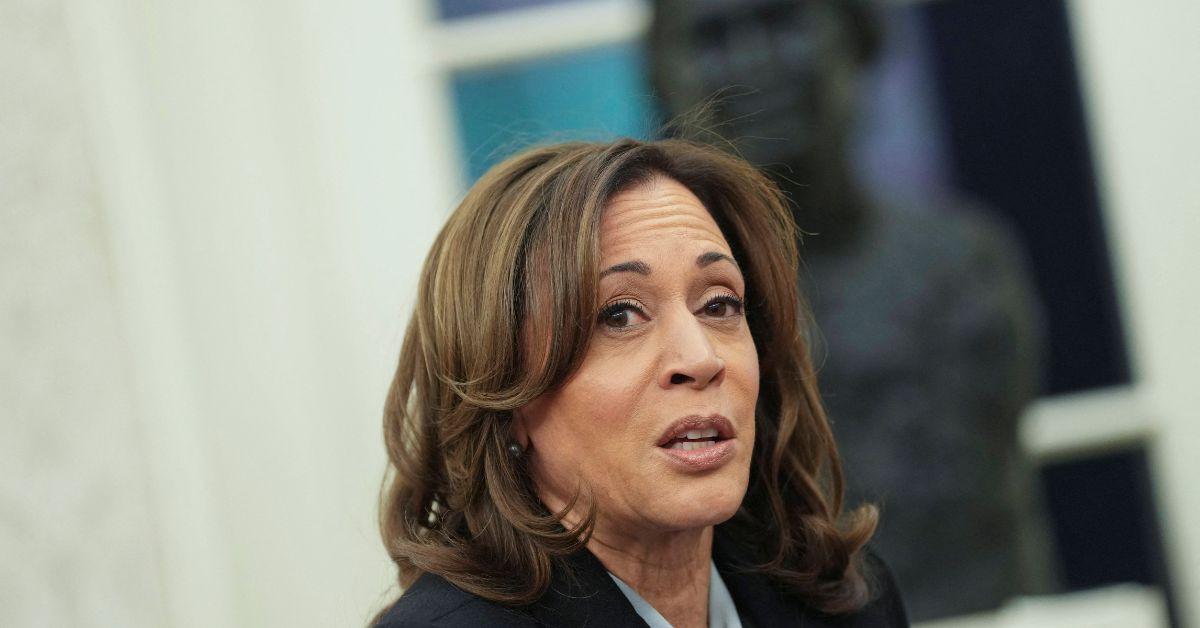How close, exactly, was the 2024 election?
President Donald Trump and his allies have called his win a “landslide” and “blowout.” From their telling, Trump’s “sweeping,” “historic” victory has given MAGA a “powerful mandate” to govern.
Some commentators have pushed back, noting, for instance, that Trump’s 1.5 percent popular vote victory is one of the smallest ever — just a fraction of Lyndon B. Johnson’s 22.6 percent landslide win in 1964. Trump failed to secure a majority of the popular vote, at 49.7 percent, unlike George W. Bush in 2004 (50.3 percent), Barack Obama in 2008 and 2012 (52.9 percent and 51 percent) and Joe Biden in 2020 (51.3 percent). And while Trump won all seven swing states, his 312 electoral votes were only a handful more than Biden’s 306 in 2020 — and far less than Obama’s 365 in 2008 or Ronald Reagan’s 525 in 1984.
These rebuttals are all true. Yet they obscure a deeper point. If the size of your mandate is the size of your win, neither popular vote margins nor electoral vote totals are the best place to look.
Take first the national popular vote margin. This number tells us how divided voters are across the country, but it is simply not how we pick winners under the Electoral College system. In the starkest example, Hillary Clinton won nearly 3 million more votes than Trump did in 2016, an apparent Democratic blowout — except for the fact that she lost.
The electoral vote total isn’t much more illuminating. While electoral votes do decide who becomes the president, the winning candidate’s margin is easily inflated by most states’ winner-take-all rules. In 2000, had Gore gained an additional 538 votes out of the 6 million cast in Florida, he would have won 25 more electoral votes (and the election).
Ultimately, both measures miss the heart of what it means for an election to be “close”: How far was the nation from a different election outcome?
To precisely answer that question, we developed a new measure that we call the Determinative Popular Vote (DPV). As we describe in a forthcoming article in Election Law Journal, DPV is the minimum number of votes — placed across the right states — that a candidate would have needed to change the Electoral College outcome.
If you’re a political junkie, you probably saw something like DPV discussed informally after the past few elections. In 2016, for example, despite winning the popular vote by nearly 3 million votes, Clinton lost to Trump in the Electoral College. Had Clinton won just 77,000 more votes in Pennsylvania, Wisconsin and Michigan, she would have won the Electoral College. (In fact, had Clinton flipped one district in Nebraska instead of Wisconsin, a mere 62,000 voters would have also thrown the contest to the House of Representatives).
In 2020, though Biden won by an even bigger popular vote margin of 7 million, just 43,000 additional Trump votes across Arizona, Georgia and Wisconsin would have tied the Electoral College and chaotically thrown the election to the House.
Those tiny fractions of voters — 0.04 percent in 2016 and 0.03 percent in 2020 — determined the election, irrespective of millions of others. In 2016, these determinative voters broke against the popular vote winner, choosing Trump; in 2020, they broke with the popular vote winner, choosing Biden. Everyone’s vote counted, but the real outcome came down to the choices of just a sliver of swing state voters.
A similar story happened in 2024. Trump defeated Harris 312 to 226 in the Electoral College and won 2.3 million more popular votes. But had Harris won Michigan, Wisconsin and Pennsylvania — which Trump won by just 230,000 votes — then she would have secured exactly the 270 electoral votes needed for the win.
A mere 0.15 percent of voters nationwide was the difference between Trump’s second term and Harris’s first. Is that really a mandate?
The point is not a partisan one. As DPV reveals, Biden’s win in 2020 was closer than Trump’s in 2024, even as Biden’s popular vote margin more than tripled Trump’s. That is the sober clarity only a measure like DPV can provide, since it accounts for where votes are cast — which, for better or worse, is pertinent in our Electoral College system.
Looking at DPV historically further reveals the relative closeness of the 2024 election. In our article, we calculated DPV for every presidential election since 1836. 2024 is the 13th closest among these 48 elections. If the 2024 election was a landslide, then so too must be the other 35.
Under the Electoral College — where a handful of swing states are central to the outcome — a small number of fortunate, “determinative” voters ultimately pick the president. Politicians will always have an incentive to overstate their margin of victory. Determinative Popular Vote now makes it harder to do so, as it puts into plain sight how close we actually were to a different election outcome.
So yes, Trump clearly won the 2024 election. But it was no blowout — and he has no major mandate.
Mark Haidar is an associate at Elias Law Group. Aidan Calvelli is a Ph.D. candidate at Princeton University.
Copyright 2025 Nexstar Media, Inc. All rights reserved. This material may not be published, broadcast, rewritten, or redistributed.
For the latest news, weather, sports, and streaming video, head to The Hill.














